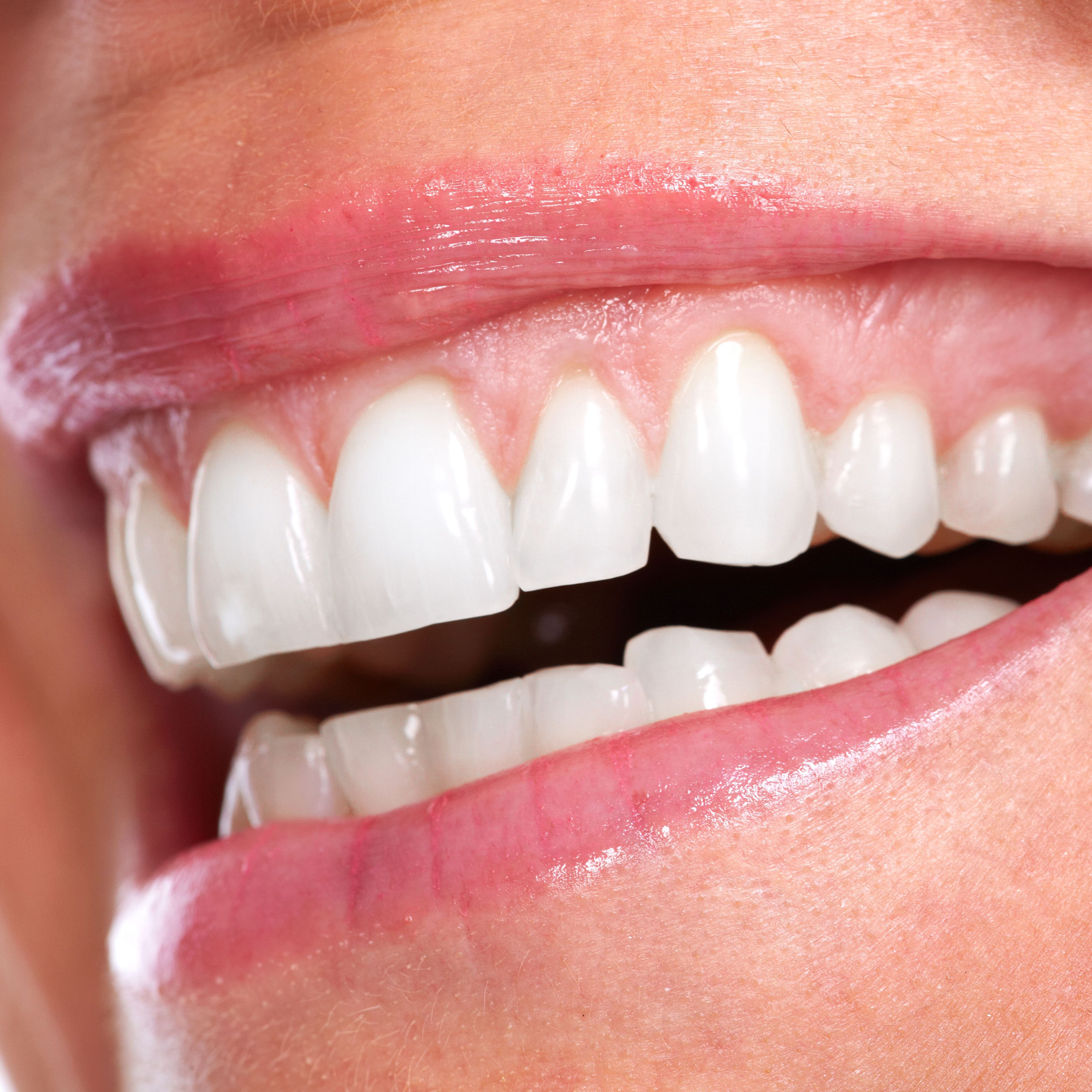Overbite vs. Overjet: How Are They Treated?
 Malocclusion problems affect the bite, or the position of the teeth when the jaw is in the closed position. The ramifications of malocclusion problems extend to the function of the mouth, the health of the teeth, and the appearance of the smile.
Malocclusion problems affect the bite, or the position of the teeth when the jaw is in the closed position. The ramifications of malocclusion problems extend to the function of the mouth, the health of the teeth, and the appearance of the smile.
To avoid the potential complications caused by misalignment problems, it is important to correct malocclusion issues, including an overjet or overbite, with traditional orthodontic treatment or Invisalign® invisible braces.
An overbite and overjet are two common types of misalignment. Dr. Bruce Wilderman clarifies the differences regarding an overbite vs. overjet for his Philadelphia, PA patients. He also discusses the most appropriate treatment options for each of these conditions.
What Is an Overbite?
An overbite is one of the most common malocclusion problems. An overbite refers to how far the upper center teeth extend vertically over the lower center teeth when the bite is closed. Ideally, the top teeth extend just about one or two millimeters over the lower teeth. This means that just one to two millimeters of the lower teeth are concealed when a person bites down.
Unfortunately, many patients have an overbite that is four to five times greater than this. If an overbite is between four and 10 millimeters, it will require orthodontic treatment. An overbite such as this will compromise the bite and can lead to other oral health problems such as excessive dental wear and TMJ disorder.
What Is an Overjet?
An overjet refers to how far the upper teeth extend horizontally over the lower teeth, or put in a different way, how far the upper jaw sticks out over the lower jaw. As with an overbite, it is acceptable, and even preferred, to have the upper teeth stick out a millimeter or two further than the lower teeth.
However, a more severe extension should be treated to avoid unnecessary oral health complications, which may include TMJ disorder, difficulty chewing, and difficulty speaking.
Treatment Options
An overbite and overjet are treated differently in the sense that each will require pressure to be applied to distinct areas of the mouth so that the teeth and jaw move into the desired position.
With an overbite, the goal is to move the upper and lower teeth so that the upper teeth conceal just a small portion of the lower teeth when the bite is closed. With an overjet, the goal is to move the upper and lower jaw so that the upper jaw sticks out just a small fraction more than the lower jaw.
Although the pressure needed is unique in each case, the means of moving the teeth and jaw to the proper position are the same whether the patient has an overbite or overjet.
The two most common treatments for an overbite or overjet are traditional braces or Invisalign®.
- Traditional braces: Traditional braces use metal brackets and wires to gradually shift the teeth and jaw so they sit in their intended position. Braces are extremely effective in treating severe malocclusion problems. The disadvantages of braces are their obvious appearance against the natural teeth and the potential they have to scrape and irritate the gums and other soft tissues of the mouth.
- Invisalign®: Invisalign® is preferred by many of our patients because it offers a number of unique benefits. Unlike braces, Invisalign® uses clear, plastic aligners to shift the teeth and jaw to their intended position. These clear, plastic aligners are not only much more discreet than traditional braces, but also more comfortable and convenient (they can be removed for eating and brushing). The downside of Invisalign® is that it may not be effective in treating more severe malocclusion problems.
Contact Us
If you are concerned about the health, function, or aesthetics of your smile due to malocclusion problems, Dr. Bruce Wilderman can help you enjoy the straight teeth you desire. Contact us at your earliest convenience to learn more about an overbite and overjet, and how they can best be treated.


